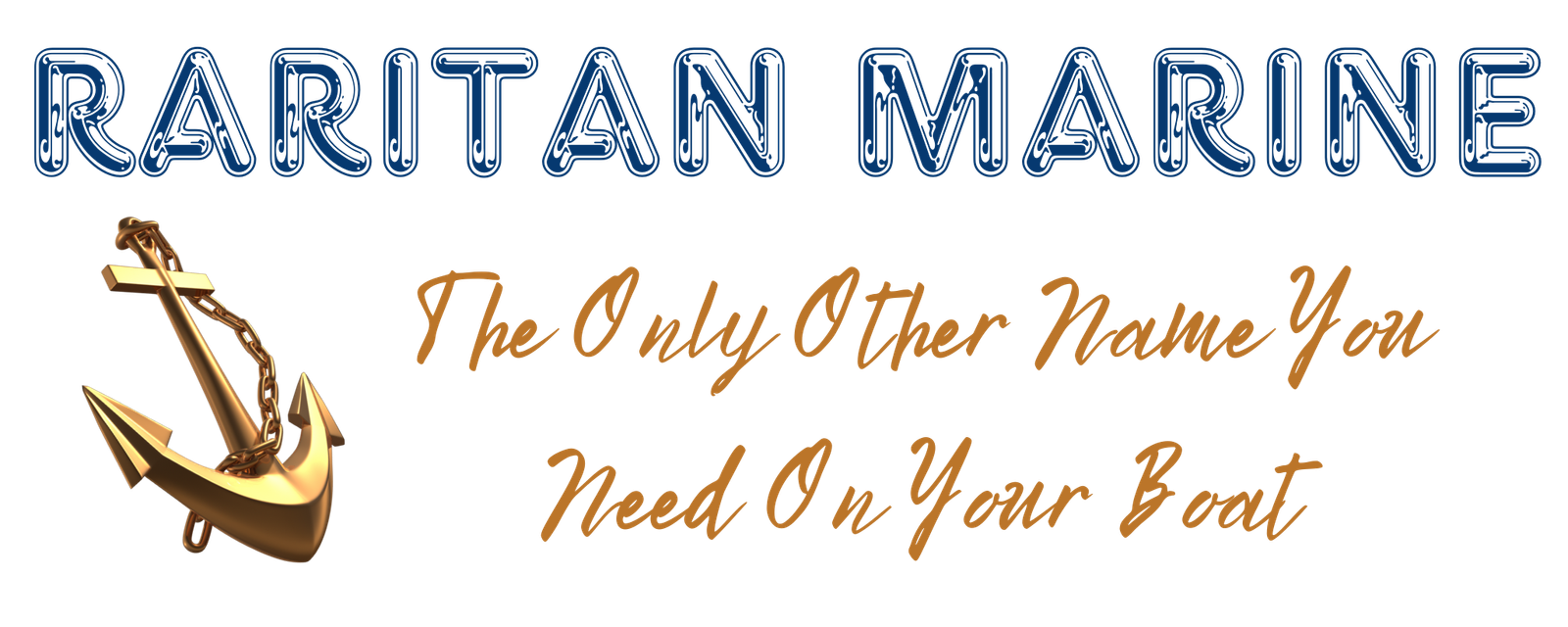Essential Boating Gear and Equipment
Before embarking on your boating adventure, it’s essential to have all the necessary gear and equipment. Here are some of the must-haves for any boat trip:
1. Life jackets – Wearable flotation devices that can help keep you afloat in case of an accident or emergency situation.
2. Navigation tools – Compass, chart plotter, nautical charts, and maps to guide you through unfamiliar waters.
3. Communication devices – VHF radio, cell phone, and satellite phone to stay connected with other boats and shore stations.
4. First aid kit – Basic medical supplies to treat minor injuries and illnesses while at sea.
5. Safety equipment – Fire extinguishers, life rings, and distress signals to respond to emergencies quickly.
Navigational Tips for Safe Sailing
Once you have all the necessary gear and equipment, here are some navigational tips to ensure safe sailing:
1. Plan your route ahead of time – Know where you want to go and how long it will take to get there. This includes considering weather conditions, tides, currents, and hazards such as reefs and rocks.

2. Stay within sight of land – If possible, stick close to the coastline or shoreline so you can easily see landmarks and identify potential dangers.
3. Use navigation lights – Make sure your boat is properly equipped with navigation lights to indicate your direction and speed.
4. Keep a lookout – Always be aware of your surroundings and watch out for other vessels, buoys, and markers.
On-Board Safety Measures to Follow
To ensure maximum safety while on board, follow these guidelines:
1. Wear appropriate clothing and footwear – Choose clothes and shoes that provide protection from the elements and won’t impede movement or balance.
2. Avoid alcohol and drugs – Operating a boat under the influence of alcohol or drugs is dangerous and illegal.
3. Brief all passengers on safety measures – Ensure everyone knows what to do in case of an emergency, including where the lifejackets are located and how to use them.
4. Maintain your vessel – Regularly inspect and maintain your boat to ensure it’s seaworthy and meets all safety requirements.
Handling Emergency Situations While on the Water
In case of an emergency situation while on the water, here are some steps to follow:
1. Remain calm – Panic can lead to poor decision making and increase the risk of injury or death.
2. Assess the situation – Identify the nature of the emergency and determine if anyone is injured or in danger.
3. Call for help – Use communication devices such as VHF radios, cell phones, or satellite phones to call for assistance.
4. Follow procedures – Depending on the type of emergency, follow established protocols such as activating emergency position indicating radio beacons (EPIRB) or deploying lifeboats.
5. Stay with the vessel – Unless instructed otherwise by rescue personnel, remain with your boat until help arrives.





